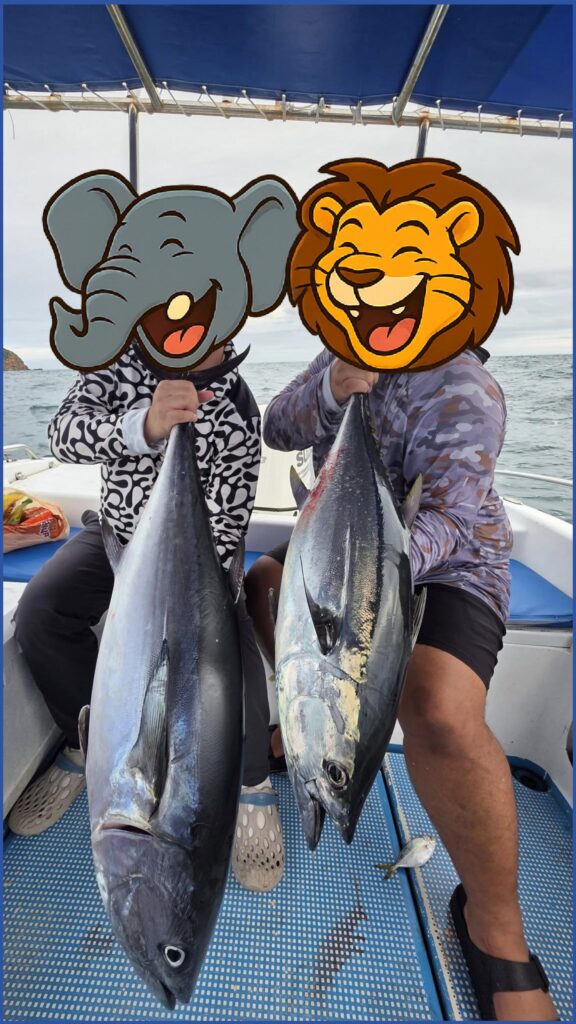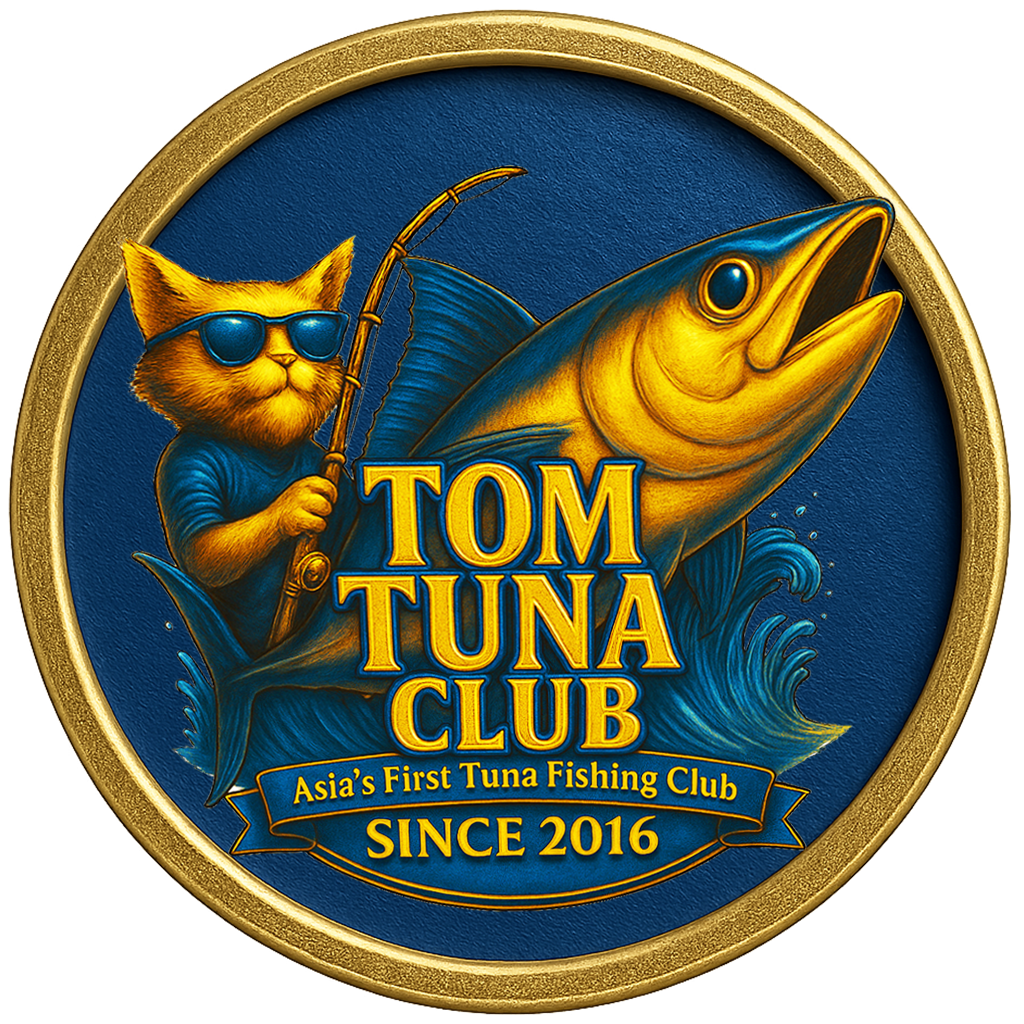Skipjack vs Yellowfin – How to Tell the Difference
At first glance, both skipjack and yellowfin tuna look similar — streamlined bodies, metallic sheen, and endless energy. But experienced anglers in Crystal Bay can tell them apart long before they surface. The key lies in the fins, patterns, and, most importantly, their behavior under pressure.
Skipjack tuna, locally called Pla Insee Noi, are compact and feisty. They rarely exceed 10–15 kg and usually travel in large surface schools. Their dark horizontal stripes on the belly are an easy giveaway. Yellowfin, or Pla Insee Luang, are the real bruisers — heavier, deeper-bodied, and equipped with long, golden finlets that gleam under sunlight. A 40 kg yellowfin is a powerhouse, capable of pulling line at lightning speed.
In Crystal Bay, both species feed on sardines and flying fish. Anglers often spot surface boils when skipjack schools chase bait near the top, while yellowfin prefer deeper, cooler layers around 60–80 meters. Choosing lure depth is critical. Shallow-running plugs for skipjack; weighted trolling baits for yellowfin.
When hooked, their fight styles differ dramatically. Skipjack dash erratically, often in circles, while yellowfin dig down and test every muscle. Many beginners mistake a skipjack’s speed for size — until they meet a true yellowfin.
Understanding the difference doesn’t just satisfy curiosity; it improves success rates. Knowing which species you’re chasing helps with bait choice, drag setting, and even ice storage planning. Whether you’re after numbers or that one trophy fish, both tuna make Crystal Bay the heartbeat of Thailand’s offshore fishing scene.



Leave a Reply